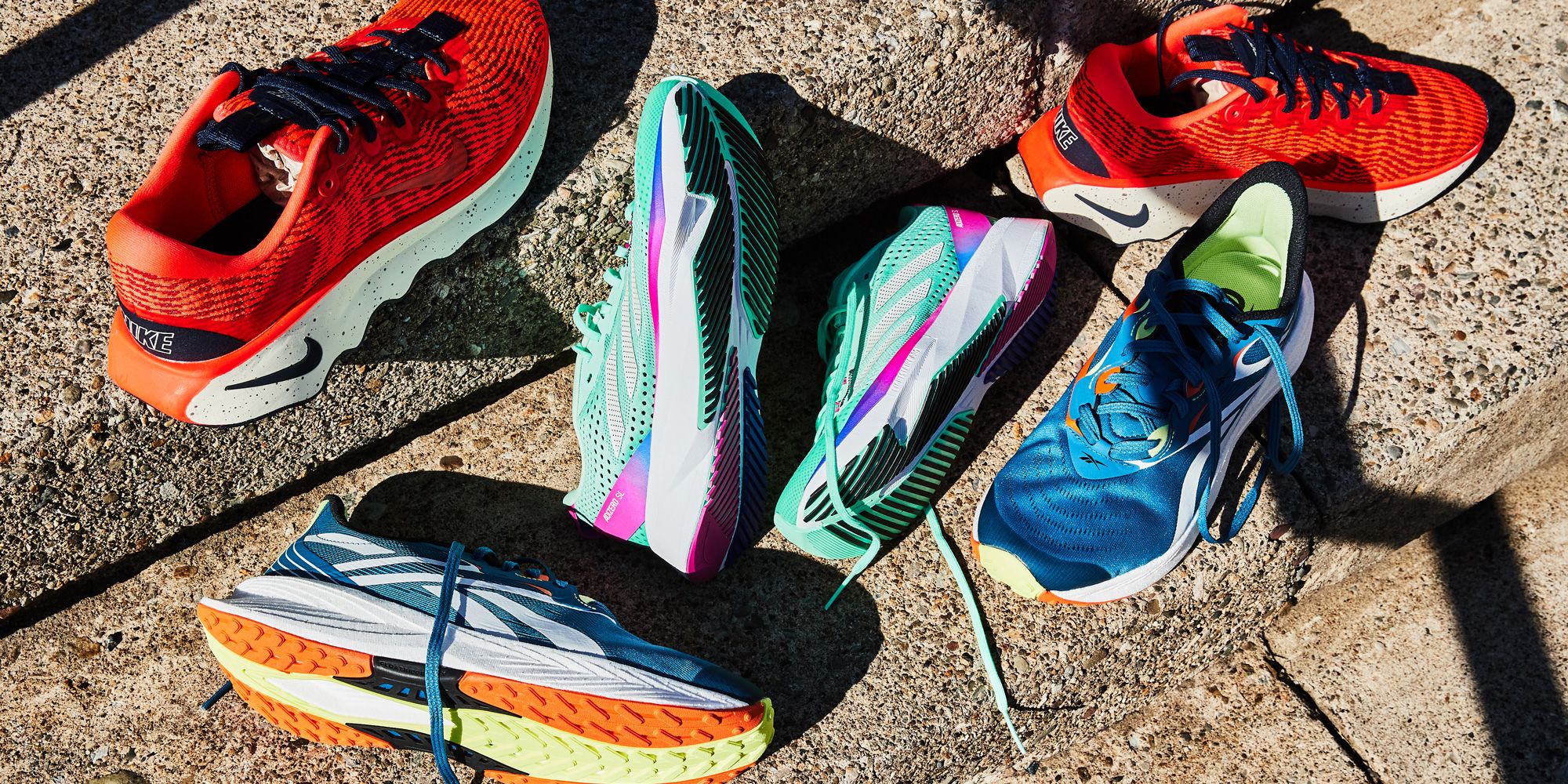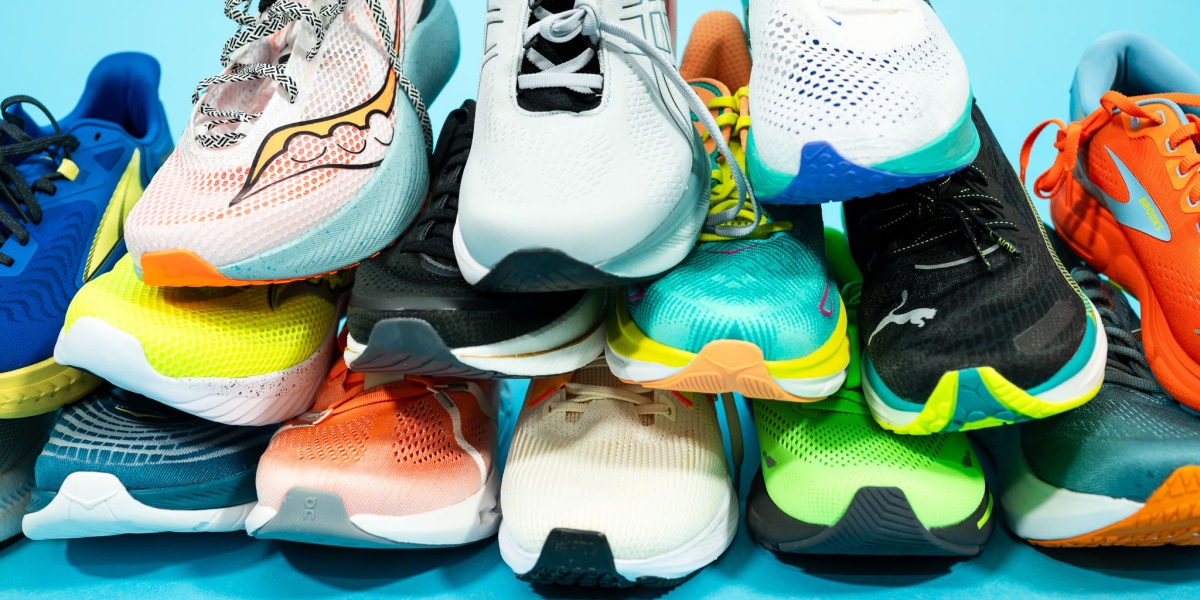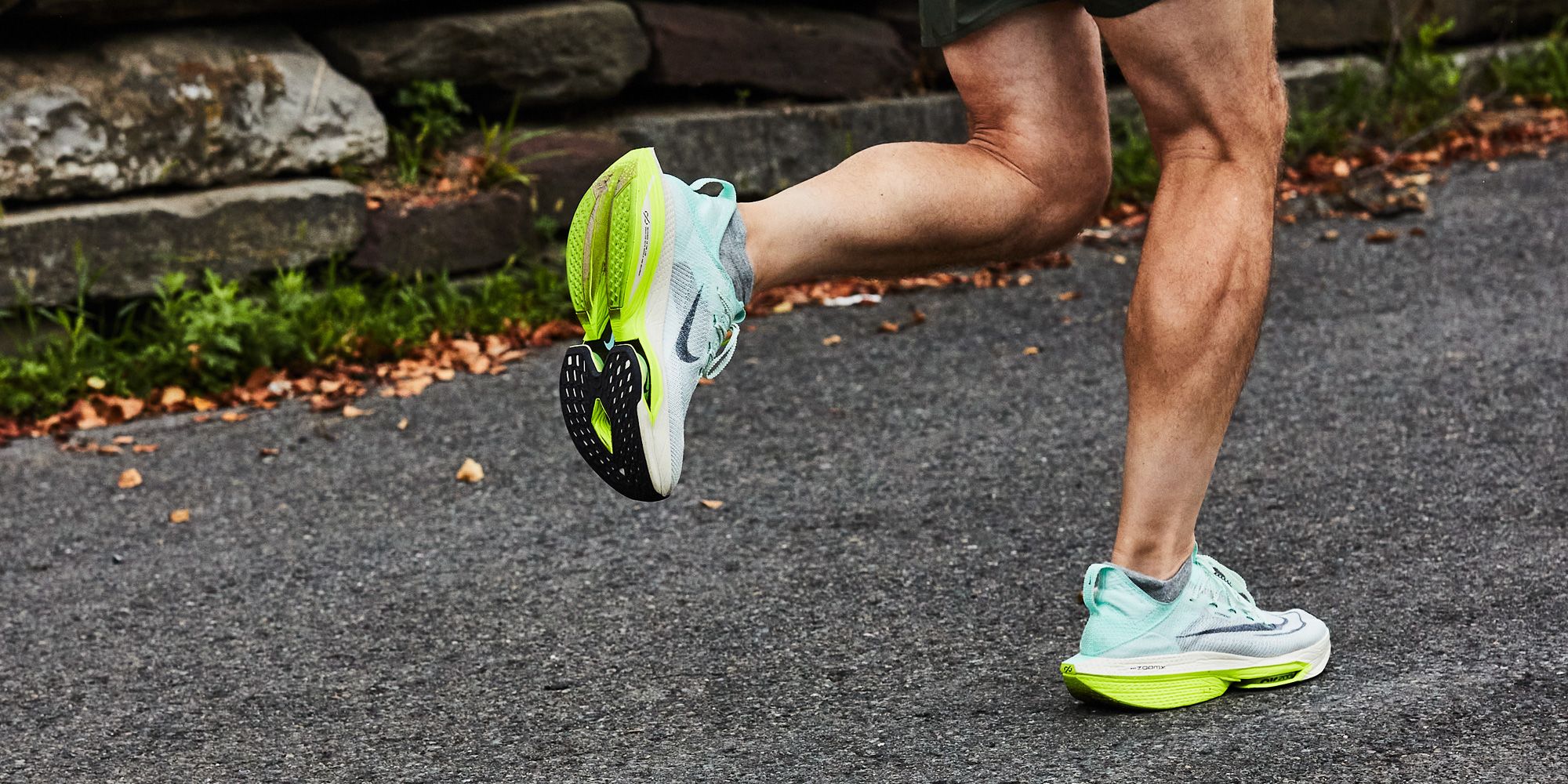Finding the perfect running shoes can be a daunting task, especially for beginners eager to hit the pavement. This comprehensive guide is dedicated to helping new runners in the USA select the best footwear for their journey. We’ll explore various options, share user experiences, and provide insights into what makes a great running shoe. Whether you are training for your first 5K or simply running for fun, we’ve got you covered!
Why Choosing the Right Running Shoes Matters
Wearing the right shoes is crucial for new runners. It directly influences performance, comfort, and injury prevention. Poor footwear can lead to blisters, shin splints, and knee pain. According to a study published by the American Orthopaedic Foot and Ankle Society, improper footwear is a leading cause of running-related injuries.
Understanding Running Shoe Types
Running shoes come in various types to cater to different foot shapes, running styles, and terrain. Here’s a breakdown of the main categories:

- Neutral Shoes: Best for runners with a neutral gait. They offer balanced cushioning without added support.
- Stability Shoes: Ideal for overpronators, these shoes provide extra support to prevent foot rolling.
- Motion Control Shoes: Designed for severe overpronators, they offer maximum support and durability.
- Trail Running Shoes: Built for off-road running, featuring deeper lugs for better traction.
How to Choose the Best Running Shoes

Selecting the right running shoes involves several factors:
1. Know Your Foot Type
Understanding your foot shape—whether flat, neutral, or high-arched—is essential. There are various tests you can conduct to determine your foot type. A quick wet test can reveal your arch type by wetting your feet and stepping on a paper towel. Analyze the imprint left behind.

2. Consider Your Running Style
Your running style impacts the type of shoe you’ll need. For example, if you land on your heel, look for shoes with more cushioning in that area. Conversely, midfoot strikers may prefer lightweight shoes without excessive cushioning.
3. Get the Right Fit
When trying on shoes, ensure you have at least a thumb’s width of space between your longest toe and the shoe’s end. This space is vital for preventing discomfort as your feet swell during runs.

4. Test for Comfort
Make sure to walk or run in the shoes at the store. Most specialty running stores will allow you to test your shoes in-store or on a treadmill. Look for a snug fit without pressure points.
Tips for First-Time Shoe Shoppers
- Shop later in the day when your feet are slightly swollen.
- Bring your old running shoes for reference.
- Wear the socks you usually run in for a better fit test.

Top Running Shoes for Beginners in 2023
Based on recent reviews and consumer feedback, we’ve rounded up some of the best running shoes for new runners available in the U.S. market.

| Brand & Model | Type | Pros | Cons | Price | Rating |
|---|---|---|---|---|---|
| Brooks Ghost 14 | Neutral | Great cushioning, versatile, breathable | Heavier than some competitors | $140 | 4.8/5 |
| ASICS Gel-Kayano 28 | Stability | Excellent support, durable, comfortable | Expensive | $160 | 4.6/5 |
| Nike Air Zoom Pegasus 39 | Neutral | Responsive cushioning, stylish design | Runs small | $130 | 4.7/5 |
| HOKA ONE ONE Bondi 8 | Neutral | Exceptional cushioning, lightweight | Bulky appearance | $165 | 4.5/5 |
| Saucony Kinvara 13 | Neutral | Lightweight, great for speedwork | Less cushioning for long runs | $110 | 4.4/5 |
Real-Life User Experiences

Every runner has a unique story tied to their footwear. Let’s take a moment to highlight how some of these shoes have transformed the running experience for new runners in the USA.
Case Study: Maria’s Journey with Brooks Ghost 14
Maria, a 32-year-old teacher from California, began running during the pandemic to improve her health. Initially unsure about the right shoe, she chose Brooks Ghost 14 after visiting a specialty running store. Maria reports, “The cushioning feels like running on clouds! I’ve completed several 5Ks, and my knees feel great!”
Case Study: David’s Transformation with ASICS Gel-Kayano 28
David, a 45-year-old accountant from New York, struggled with knee pain as a new runner. After consulting with a local running expert, he was directed to ASICS Gel-Kayano 28. “The support is incredible. I can now run longer without discomfort,” he shares. David uses the shoes for both running and daily walks.
Pros and Cons of Popular Running Shoe Models
Brooks Ghost 14
Pros: Exceptional cushioning, balanced support, versatile for various training styles.
Cons: It might feel bulky for runners who prefer lightweight shoes.
ASICS Gel-Kayano 28
Pros: Unmatched stability for overpronators, effective arch support, and durable build.
Cons: The price point is steep, which can deter budget-conscious runners.
Nike Air Zoom Pegasus 39
Pros: Stylish appearance, responsive cushioning for comfortable runs.
Cons: Some users report it runs small, requiring careful sizing.
HOKA ONE ONE Bondi 8
Pros: Excellent cushioning, making it perfect for long-distance runners.
Cons: The bulkiness may not appeal to everyone.
Saucony Kinvara 13
Pros: Super lightweight, great for speed training.
Cons: Limited cushioning may not suit long distance runners.
Frequently Asked Questions (FAQs)
1. How often should I replace my running shoes?
Your running shoes should be replaced every 300 to 500 miles, depending on your weight, running style, and the type of shoe. Regularly assess the wear and tear to ensure safety and comfort.
2. Can I use running shoes for other sports?
While running shoes are designed specifically for running, they can be used for light activities such as walking or gym workouts. However, they may not provide the necessary support for sports that require lateral movements, such as basketball or tennis.
3. How do I find the right size for running shoes?
It’s best to try on shoes at the end of the day when your feet are slightly swollen. Wear the socks you plan to run in and ensure that there is about a thumb’s width of space in front of your longest toe.
4. Are expensive running shoes worth the investment?
Generally, investing in a quality pair of running shoes can prevent injuries and improve performance. However, it’s essential to find a shoe that fits well and meets your specific needs rather than just focusing on the price tag.
5. What type of running shoe do I need if I have flat feet?
If you have flat feet, look for stability or motion control shoes that offer extra support. These shoes help control overpronation, which is common among flat-footed runners.
6. Should I break in my running shoes?
Running shoes shouldn’t require a long break-in period. If the shoes feel uncomfortable right away, they may not be the right fit for you. A short test run can help you assess comfort levels.
7. How do I clean my running shoes?
To clean your running shoes, remove the insoles and laces. Wash them in cold water with mild soap and let them air dry away from direct sunlight. Do not put your running shoes in the washing machine or dryer, as this can damage them.
8. Is it necessary to wear special socks with running shoes?
Although it’s not mandatory, wearing moisture-wicking and cushioned socks can enhance comfort and reduce the risk of blisters during your runs.
9. What should I do if I experience discomfort with my new running shoes?
If you experience discomfort, it could be due to sizing, fit, or type of shoe. Consider visiting a specialty store for a fitting or trying a different model that better suits your needs. Don’t hesitate to consult with a professional for additional advice.
10. How do running shoes for women differ from those for men?
Running shoes for women are designed to accommodate anatomical differences such as narrower heels and a wider toe box. It’s important for both genders to choose shoes that fit their specific foot shape and running style.
11. Can I use trail running shoes for road running?
While you can use trail running shoes on the road, they may not provide the same level of cushioning and responsiveness as road running shoes. However, they offer better grip and traction on uneven surfaces.
Conclusion
As a new runner, choosing the right footwear is one of the most important steps in your running journey. The best running shoes for beginners provide comfort, support, and durability, making them essential for a pleasurable running experience. With our detailed guide, you are now equipped with the knowledge to make an informed decision, helping you avoid injuries and achieve your running goals.
Happy running!
For additional expert advice on running shoes, check out this Runner’s World article.